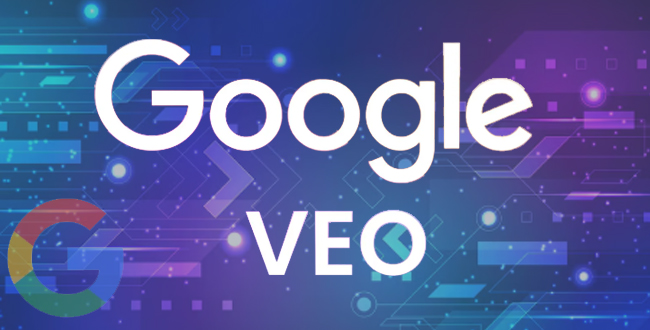Google Veo’s AI-generated racist videos have surfaced on TikTok, raising urgent questions about content moderation, algorithmic bias, and the future of responsible AI deployment in social media.
The rapid evolution of generative artificial intelligence has once again come under scrutiny as Google’s Veo AI platform faces backlash following the spread of racist, AI-generated videos on TikTok. This incident has reignited debate over the ethical responsibilities of technology companies, the limitations of current content moderation systems, and the broader societal risks posed by unchecked algorithmic bias.
The Incident: AI-Generated Racist Content Goes Viral
In late June 2025, TikTok users began reporting a surge of short-form videos that featured racially offensive stereotypes and discriminatory imagery, all traced back to Google’s Veo AI video generation tool. Veo, which was initially lauded for its ability to produce high-quality, realistic video content from text prompts, quickly became the center of controversy as these problematic clips gained traction on the platform. The videos, often indistinguishable from authentic footage, were widely shared before TikTok’s moderation teams could intervene, highlighting the challenge of policing AI-generated media at scale.
Understanding Google Veo AI and Its Capabilities
Launched earlier this year, Google Veo AI represents a significant leap in generative video technology. Unlike previous models, Veo can synthesize complex scenes, mimic diverse visual styles, and respond to nuanced prompts with remarkable fidelity. However, as with many generative models, Veo’s outputs are shaped by the data on which it was trained—raising concerns about the potential for embedded biases to manifest in its creations.
Industry experts have warned that, without rigorous safeguards, generative AI systems can inadvertently reproduce or even amplify harmful stereotypes present in their training data. “AI reflects the world it learns from, and if the data is biased, the outputs will be too,” notes Dr. Priya Natarajan, an AI ethics researcher at MIT.
The Challenge of Moderation on Social Platforms
TikTok, with its vast user base and rapid content turnover, has struggled to keep pace with the influx of AI-generated media. While the platform employs a combination of automated detection tools and human moderators, the sophistication of Veo’s videos—combined with the sheer volume—has made timely intervention difficult. This has allowed offensive content to circulate widely before being flagged and removed.
The incident has exposed gaps in current moderation strategies, particularly in identifying synthetic media that closely mimics real-world footage. As generative AI becomes more accessible, platforms are under increasing pressure to deploy advanced detection systems capable of distinguishing between benign and harmful content in real time.
Google’s Response and Industry Implications
In response to the controversy, Google issued a statement expressing regret over the misuse of its technology and reaffirmed its commitment to responsible AI development. The company pledged to enhance its content filtering protocols and collaborate with social media platforms to minimize the risk of similar incidents in the future. However, critics argue that these measures may not go far enough, calling for greater transparency in how generative models are trained and stricter oversight of their deployment.
The episode has also prompted calls for industry-wide standards governing the use of AI in content creation. Lawmakers and advocacy groups are urging technology companies to implement robust guardrails, including pre-release testing for bias, ongoing monitoring of outputs, and clear accountability mechanisms when harm occurs.
The Broader Risks of Algorithmic Bias
The spread of racist videos generated by Google Veo AI underscores a broader challenge facing the tech industry: algorithmic bias. As AI systems are increasingly entrusted with tasks ranging from content moderation to creative production, the risk of perpetuating or amplifying societal prejudices grows. Experts emphasize the need for diverse training data, transparent model development, and continuous evaluation to mitigate these risks.
“AI is only as fair as the data and processes behind it,” says Dr. Natarajan. “Without proactive measures, we risk entrenching existing inequalities and causing real-world harm.”
Looking Ahead: The Future of Responsible AI
The controversy surrounding Google Veo AI serves as a stark reminder of the ethical complexities inherent in deploying advanced generative technologies. As the boundaries between real and synthetic media blur, the responsibility to prevent harm falls not only on technology developers but also on the platforms that distribute their creations.
Moving forward, industry leaders must prioritize transparency, accountability, and collaboration to ensure that AI serves as a force for good rather than a vector for harm. The lessons from the Veo incident will likely shape regulatory discussions and technological safeguards in the months and years to come.
 Digital Tech Byte Latest Technology News
Digital Tech Byte Latest Technology News





